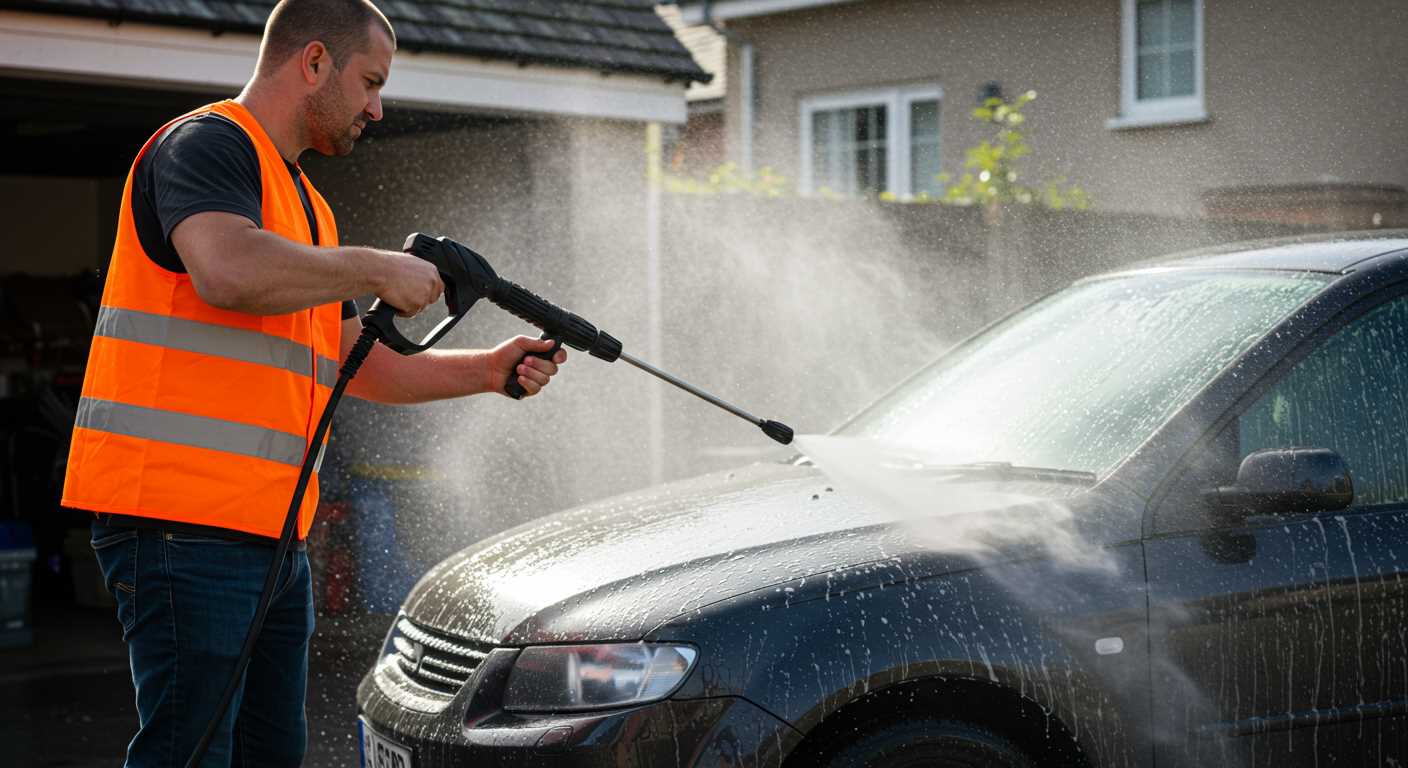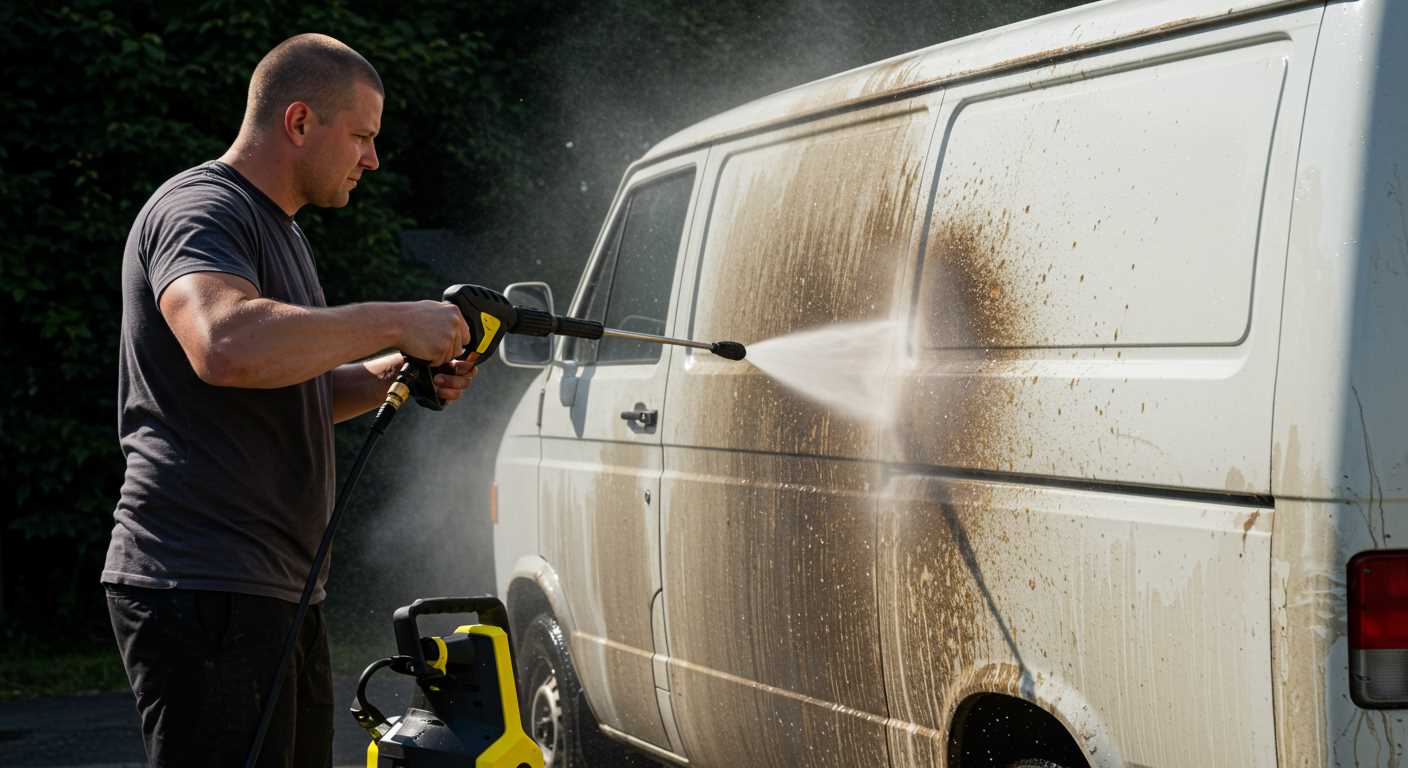



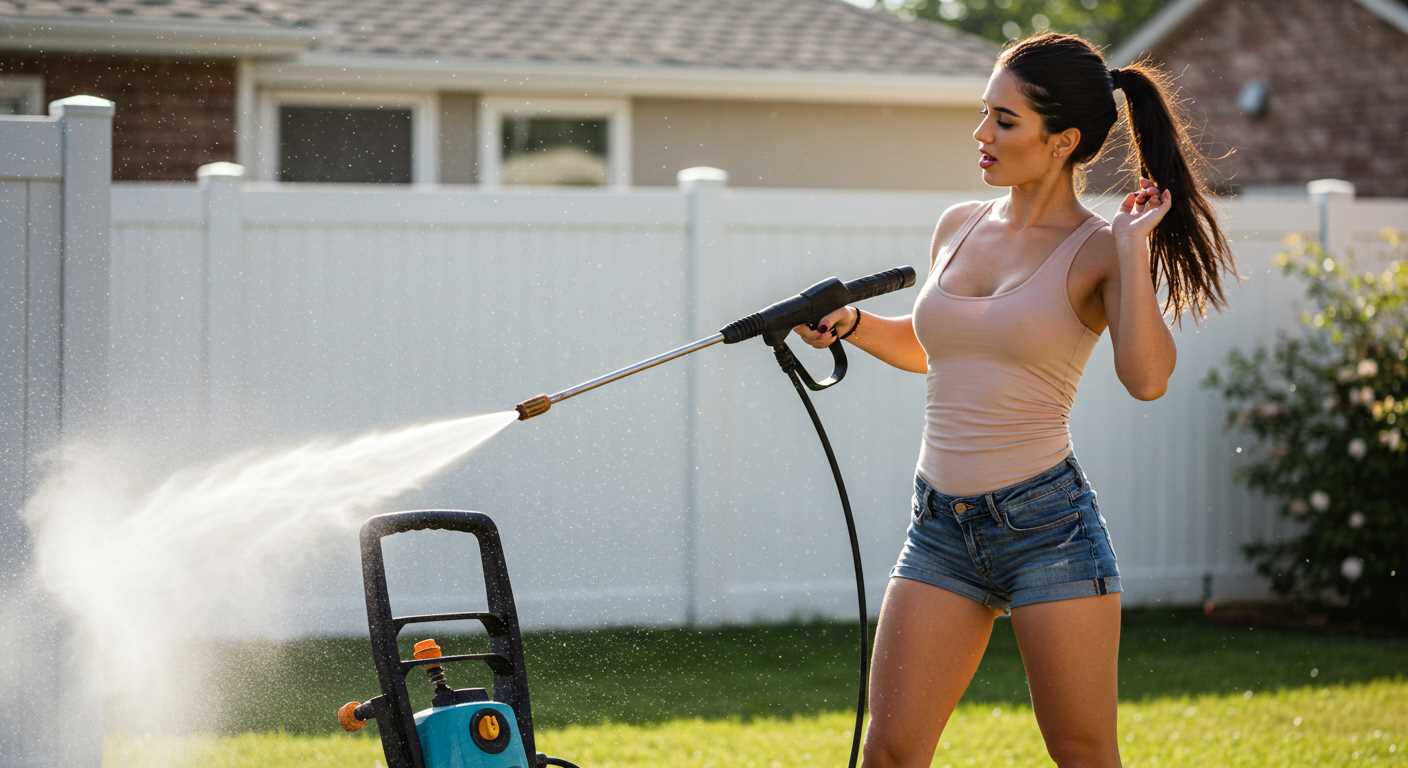
As a DIY enthusiast, I often find myself faced with the daunting task of removing old paint from various surfaces. Whether it’s furniture, fences, or walls, having the right tools can make all the difference. In this article, I aim to share my insights on the best pressure washers specifically designed for paint removal. With so many options on the market, it can be overwhelming to choose the right one that suits your needs.
This article is perfect for homeowners, DIYers, and professionals who are looking to invest in a high-quality pressure washer that excels in paint removal. I will cover key features to consider, such as pressure ratings, nozzle types, and additional attachments that can enhance efficiency. Furthermore, I’ll provide recommendations based on different budgets and project sizes, ensuring that you find the perfect match for your requirements.
By the end of this article, you will have a clear understanding of the best pressure washers available for paint removal and how to choose one that will save you time and effort in your projects. Let’s dive into the details and discover which pressure washers can make your paint removal tasks a breeze!
Understanding the Importance of Pressure for Paint Stripping
When it comes to paint removal, the pressure of the washer plays a crucial role in achieving effective results. Using the right pressure not only ensures that the paint is stripped away efficiently but also helps in protecting the underlying surface from damage. An optimal balance of pressure is essential to avoid causing harm to delicate materials while still being powerful enough to remove stubborn layers of paint.
Too much pressure can lead to unwanted consequences, such as wood splintering or damaging the substrate beneath the paint. On the other hand, insufficient pressure may result in ineffective paint removal, requiring multiple passes and wasting time and resources. Understanding the specific requirements of the project will guide users in selecting the appropriate pressure setting for their pressure washer.
Factors Influencing Pressure Selection
- Type of Surface: Different materials require different pressure levels. For instance, concrete surfaces can withstand higher pressures compared to wood or vinyl.
- Type of Paint: The thickness and age of the paint will influence the pressure needed for effective removal. Older, more brittle paint may require a gentler approach.
- Desired Finish: Depending on whether a smooth finish or a rough texture is acceptable, users may adjust their pressure settings accordingly.
Ultimately, achieving the best results in paint stripping with a pressure washer hinges on understanding these factors and adjusting the pressure settings appropriately. This knowledge not only improves efficiency but also ensures the longevity of the surface being treated.
Key Features to Consider When Choosing a Pressure Washer for Paint Removal
When selecting a pressure washer specifically designed for paint removal, there are several important features to keep in mind. These features can significantly impact the efficiency and effectiveness of the paint stripping process, ensuring that you achieve the best results possible.
One of the primary considerations is the pressure rating of the machine. Higher pressure levels are generally more effective at removing stubborn paint, especially from surfaces like wood and concrete. Additionally, the type of nozzle and adjustable pressure settings can provide versatility for different surfaces and paint types.
Essential Features for Effective Paint Removal
- Pressure Output: Look for units with a pressure output of at least 2000 PSI for tough paint removal tasks.
- Water Flow Rate: A higher flow rate, measured in gallons per minute (GPM), can enhance cleaning power and efficiency.
- Nozzle Options: Different nozzles allow for targeted cleaning; a 0-degree nozzle is ideal for tough jobs, while wider angles can be used for delicate surfaces.
- Heat Capability: Hot water pressure washers can be more effective at breaking down paint and grime.
- Durability: Consider a machine made with high-quality materials to withstand the rigours of paint removal tasks.
In addition to these features, ease of use and mobility can also play a critical role. Machines with wheels and a lightweight design can make the process more manageable, especially for larger areas. Furthermore, an ergonomic design and user-friendly controls can enhance the overall experience, allowing for longer usage without fatigue.
Comparative Analysis of Electric vs. Gas Pressure Washers
When it comes to paint removal through pressure washing, the choice between electric and gas pressure washers can significantly impact the effectiveness and efficiency of the task. Both types offer unique advantages and limitations, making them suitable for different applications and user preferences.
Electric pressure washers are often praised for their ease of use and lower maintenance requirements. They are typically lighter, quieter, and produce fewer emissions, making them ideal for residential use and smaller projects. On the other hand, gas pressure washers are known for their power and versatility, making them suitable for more demanding tasks, including heavy-duty paint removal.
Performance Comparison
| Feature | Electric Pressure Washers | Gas Pressure Washers |
|---|---|---|
| Power Output | Generally lower, suitable for light to medium tasks | Higher, ideal for heavy-duty jobs |
| Portability | Lightweight and easy to manoeuvre | Heavier, may require more effort to transport |
| Noise Level | Quieter operation | Louder, can be disruptive |
| Emissions | Zero emissions | Produces emissions due to fuel combustion |
| Maintenance | Minimal maintenance required | Regular maintenance needed for optimal performance |
In summary, the choice between electric and gas pressure washers for paint removal depends on the specific needs of the user. While electric models are better suited for lighter tasks and offer convenience, gas models provide the power necessary for tackling more challenging projects. Understanding these differences can help users make an informed decision based on their individual requirements.
Recommended Pressure Washer Models for Effective Paint Removal
When it comes to removing paint effectively, the choice of pressure washer plays a crucial role. A suitable model should provide adequate pressure and flow rate to tackle various surfaces, ensuring the paint is stripped away without damaging the underlying material. Understanding the specifications that contribute to efficient paint removal can guide users in their selection process.
Key features to consider include pressure ratings, nozzle types, and additional attachments. A pressure washer with a higher PSI (pounds per square inch) will typically be more effective in removing stubborn paint, especially from textured surfaces. Furthermore, the right nozzle can help focus the water stream for better results.
Important Features for Paint Removal
- Pressure Rating: Look for models offering at least 2000 PSI for effective paint stripping.
- Flow Rate: A higher GPM (gallons per minute) ensures better cleaning efficiency.
- Nozzle Options: Different nozzles provide varying spray patterns; a 15-degree nozzle is typically most effective for paint removal.
- Heating Capability: Some models offer heated water options, which can enhance the paint removal process.
- Attachments: Consider models that come with surface cleaners or rotary nozzles for improved performance.
Investing in a pressure washer that meets these criteria can significantly improve your paint removal efforts. Make sure to evaluate your specific needs and choose a model that aligns with the type of surfaces you will be working on.
Essential Accessories for Optimising Paint Removal Efficiency
When it comes to removing paint effectively with a pressure washer, having the right accessories can significantly enhance the efficiency of the process. These accessories not only improve the performance of the pressure washer but also ensure that the paint is removed thoroughly, leaving the surface clean and ready for refinishing.
Utilising specialised attachments and tools can make a noticeable difference in the outcome of your paint removal project. Here are some essential accessories to consider:
Key Accessories
- Surface Cleaner: This attachment is designed to clean large flat surfaces quickly and evenly. Its rotating jets provide consistent pressure, making it ideal for paint removal on decks, patios, and driveways.
- Turbo Nozzle: A turbo nozzle increases the pressure and water flow, creating a powerful rotating spray that can effectively strip paint from tougher surfaces. It is particularly useful for concrete and masonry.
- Detergent Injector: Incorporating a detergent injector allows for the application of cleaning solutions while pressure washing. This can help break down paint and make the removal process easier.
- Extension Wands: Extension wands provide additional reach, allowing users to access hard-to-reach areas without having to climb or use ladders, ensuring a more thorough cleaning job.
- Protective Gear: While not an accessory for the pressure washer itself, wearing proper protective gear, such as goggles and gloves, is crucial for safety during paint removal.
Optimising your paint removal process with these accessories not only improves efficiency but also helps to achieve better results. By ensuring you have the right tools at your disposal, you can tackle paint removal tasks with confidence and ease.
Techniques for Safe and Effective Paint Stripping
Removing paint can be a daunting task, especially when it involves various surfaces and types of paint. To achieve successful results without damaging the underlying material, it’s essential to adopt safe and effective techniques tailored to the specific job at hand. Understanding the correct approach not only ensures a clean finish but also promotes safety for both the user and the environment.
Before initiating the paint stripping process, it’s crucial to prepare the work area and gather the necessary equipment. Proper preparation helps in minimising risks and enhancing the efficiency of the task. Below are a few techniques to consider.
Preparation Techniques
- Protective Gear: Always wear appropriate protective gear, including gloves, goggles, and a mask, to safeguard against harmful fumes and debris.
- Surface Assessment: Evaluate the material of the surface to determine the best approach. Different surfaces may require different pressure settings and techniques.
- Area Control: Ensure the surrounding area is clear of objects and covered to prevent accidental damage from paint peeling or debris.
Pressure Washing Techniques
- Pressure Settings: Adjust the pressure washer to an appropriate setting for the type of surface being stripped. Too high a pressure can cause damage, while too low may be ineffective.
- Distance Management: Maintain a consistent distance between the nozzle and the surface to ensure even application and avoid gouging the material.
- Technique Variation: Use sweeping motions rather than focused blasts to strip away paint evenly and prevent surface damage.
Utilising these techniques allows for a more controlled and effective paint removal process. Always remember to follow up with a thorough cleaning of the surface to prepare it for any subsequent treatments or finishes. By adhering to safety measures and employing effective strategies, paint stripping can become a manageable task that yields professional results.
Common Mistakes to Avoid When Using a Pressure Washer
Using a pressure washer can significantly speed up the process of removing paint and cleaning surfaces. However, many users make common mistakes that can lead to damage or ineffective cleaning. Understanding these pitfalls is essential for achieving the best results while ensuring safety.
One frequent error is using the wrong pressure setting for the surface being cleaned. Applying too much pressure can damage delicate materials, while too little pressure may not effectively remove paint or grime. It’s crucial to adjust the pressure according to the cleaning task.
Understanding the Nozzle Types
Another common mistake is neglecting to select the appropriate nozzle for the job. Nozzles come in various spray patterns and sizes, each designed for specific tasks. Using the wrong nozzle can either damage surfaces or fail to clean them adequately.
- Zero-degree nozzle: Produces a narrow, powerful stream, suitable for tough stains but can cause damage.
- 15-degree nozzle: Good for stripping paint and cleaning hard surfaces.
- 25-degree nozzle: Versatile for general cleaning.
- 40-degree nozzle: Ideal for fragile surfaces, providing a gentle spray.
- Soap nozzle: Used for applying detergent.
In addition to nozzle selection, users often overlook the importance of maintaining a safe distance from the surface being cleaned. Holding the nozzle too close can lead to surface damage, while standing too far away may result in ineffective cleaning. A distance of approximately 12 to 24 inches is usually recommended for most surfaces.
Finally, neglecting to perform regular maintenance on the pressure washer is a mistake that can affect its performance. Cleaning filters, checking hoses for leaks, and ensuring that the nozzle is free from obstructions can prolong the life of the machine and enhance its efficiency.
Maintenance Tips to Extend the Life of Your Pressure Washer
Maintaining your pressure washer is crucial for ensuring its longevity and optimal performance. Regular maintenance not only helps to prevent common issues but also keeps your machine running efficiently for various tasks, including paint removal. By following a few simple tips, you can extend the life of your pressure washer significantly.
Here are some essential maintenance practices to keep your pressure washer in top condition:
- Regular Cleaning: After each use, clean the exterior and remove any debris from the nozzle and filters to prevent clogs.
- Check the Oil: For gas-powered models, ensure you check the oil level regularly and change it according to the manufacturer’s recommendations.
- Inspect Hoses and Connections: Look for any signs of wear or damage. Replace any cracked or leaking hoses to avoid pressure loss.
- Winterize Your Washer: If you live in a cold climate, make sure to winterize your machine by draining the water and adding antifreeze to prevent freezing damage.
- Store Properly: Store your pressure washer in a dry, sheltered area to protect it from the elements and prolong its life.
By implementing these maintenance tips, you can ensure that your pressure washer remains in excellent working condition, ready to tackle paint removal and other tasks whenever needed. Taking care of your equipment is an investment in its durability and efficiency, leading to better results and saving you time and money in the long run.
Top 10 Best Pressure Washer For Paint Removal Pressure Washing





Best Pressure Washer For Paint Removal Pressure Washing
Features
| Part Number | SQ-222-2 |
| Model | SQ-222 |
| Color | black |
Features
| Part Number | AP |
| Color | Green |
Features
| Part Number | 310448028 |
| Model | RY31RN01VNM |
| Color | Green |
Features
| Model | 705169125488 |
| Warranty | After use, please clean and store in a well ventilated and dry place. |
| Color | Black |
| Size | 1/4 inch |
Features
| Part Number | VP3PC |
| Model | VP3PC |
| Release Date | 2021-05-24T00:00:01Z |
| Size | 1.5 l (Pack of 1) |
Video:
FAQ:
What features should I look for in a pressure washer for paint removal?
When selecting a pressure washer for paint removal, consider key features such as the pressure rating, which is typically measured in PSI (pounds per square inch). A pressure washer with at least 2000 PSI is recommended for effectively removing paint. Additionally, check for a high GPM (gallons per minute) rating, as this indicates the water flow rate, which can enhance cleaning efficiency. Look for models with adjustable pressure settings to accommodate different surfaces and paint types. A good nozzle selection is also important; interchangeable nozzles allow for versatility in various applications. Lastly, consider the weight and portability of the unit, especially if you need to move it around frequently.
Can I use any detergent with my pressure washer when removing paint?
Not all detergents are suitable for use with pressure washers, especially when removing paint. It is advisable to use a detergent specifically designed for pressure washing. These detergents are formulated to work effectively under high pressure and can help break down paint without damaging the surface beneath. Always read the manufacturer’s instructions for both the pressure washer and the detergent to ensure compatibility. Additionally, test the detergent on a small, inconspicuous area first to see how it reacts with the surface you are cleaning.
What safety precautions should I take when using a pressure washer for paint removal?
Safety is paramount when using a pressure washer for paint removal. First, always wear appropriate personal protective equipment (PPE), including safety goggles, gloves, and sturdy footwear. Ensure that the area is clear of bystanders and pets to prevent accidents. Familiarise yourself with the pressure washer’s controls and operation before starting. Maintain a safe distance from the surface being cleaned, and avoid pointing the nozzle at yourself or others. Lastly, be mindful of the surface you are working on; older paint may contain lead, so it’s important to take additional precautions if this is a concern.
How do I prepare a surface before using a pressure washer for paint removal?
Preparing the surface before using a pressure washer for paint removal is crucial for achieving the best results. Start by removing any loose debris, dirt, or old paint flakes from the surface. This can be done using a scraper or a wire brush. Next, ensure that the area is clear of furniture, plants, and other items that could be damaged or obstruct your work. If the surface has any stains or contaminants, consider pre-treating it with a suitable cleaner. Finally, if working outdoors, cover nearby plants and surfaces with plastic sheeting to protect them from overspray. Taking these steps will help ensure a more effective and safe paint removal process.

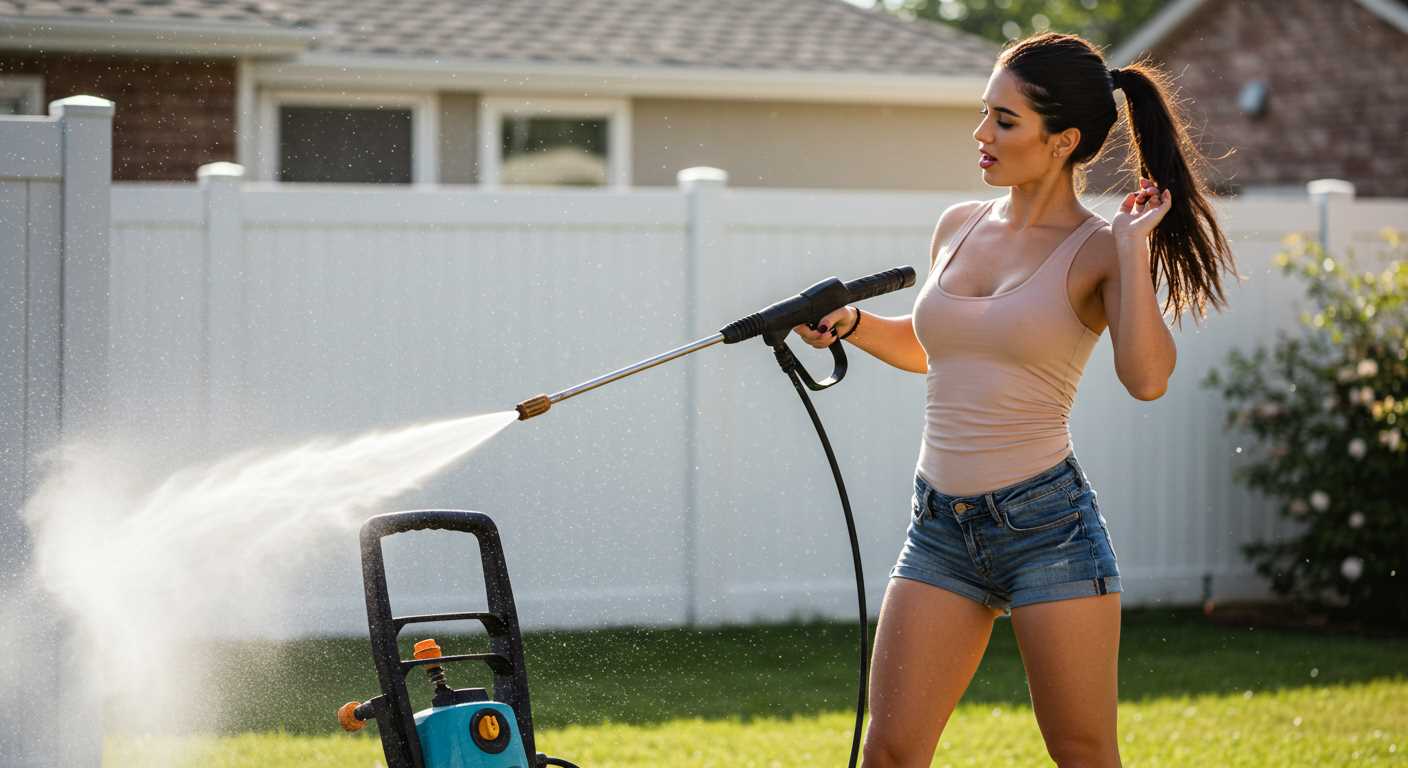
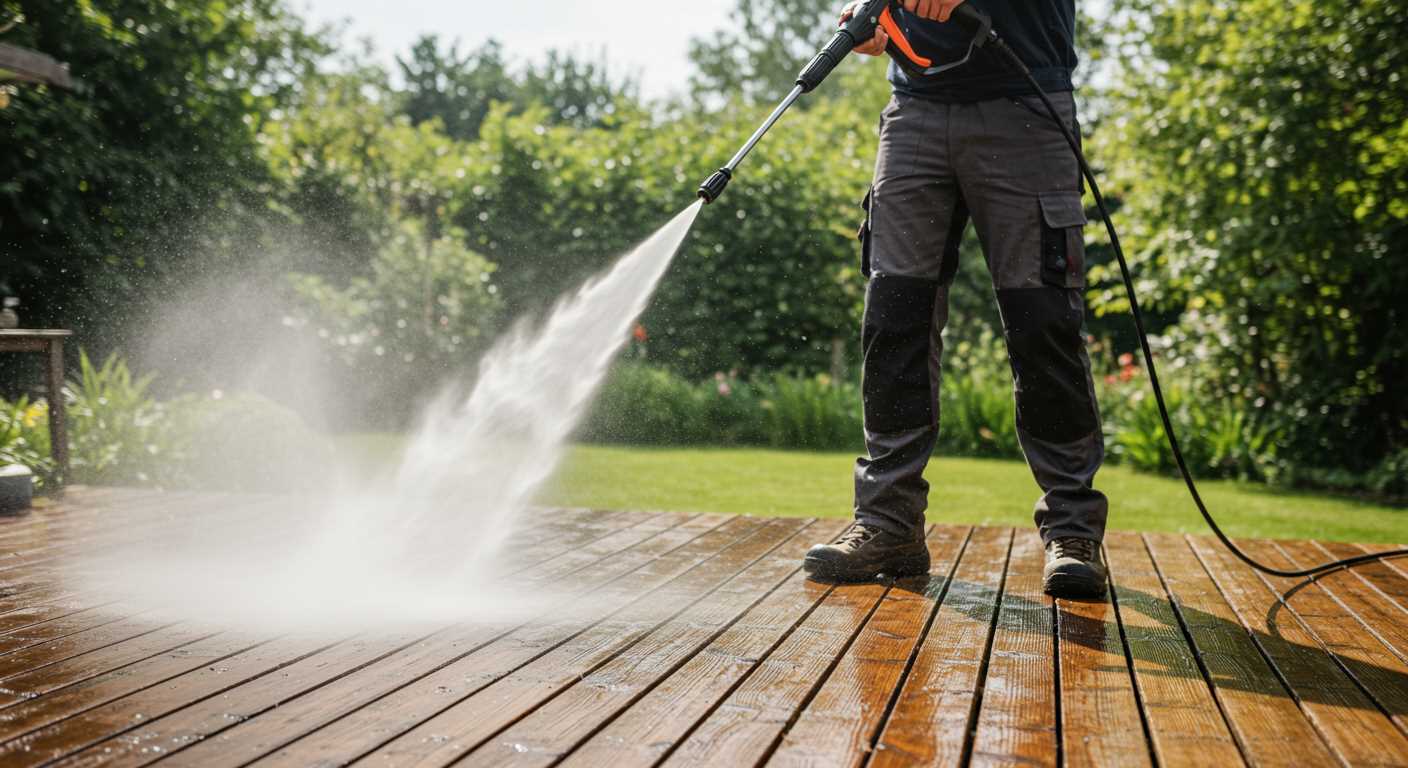
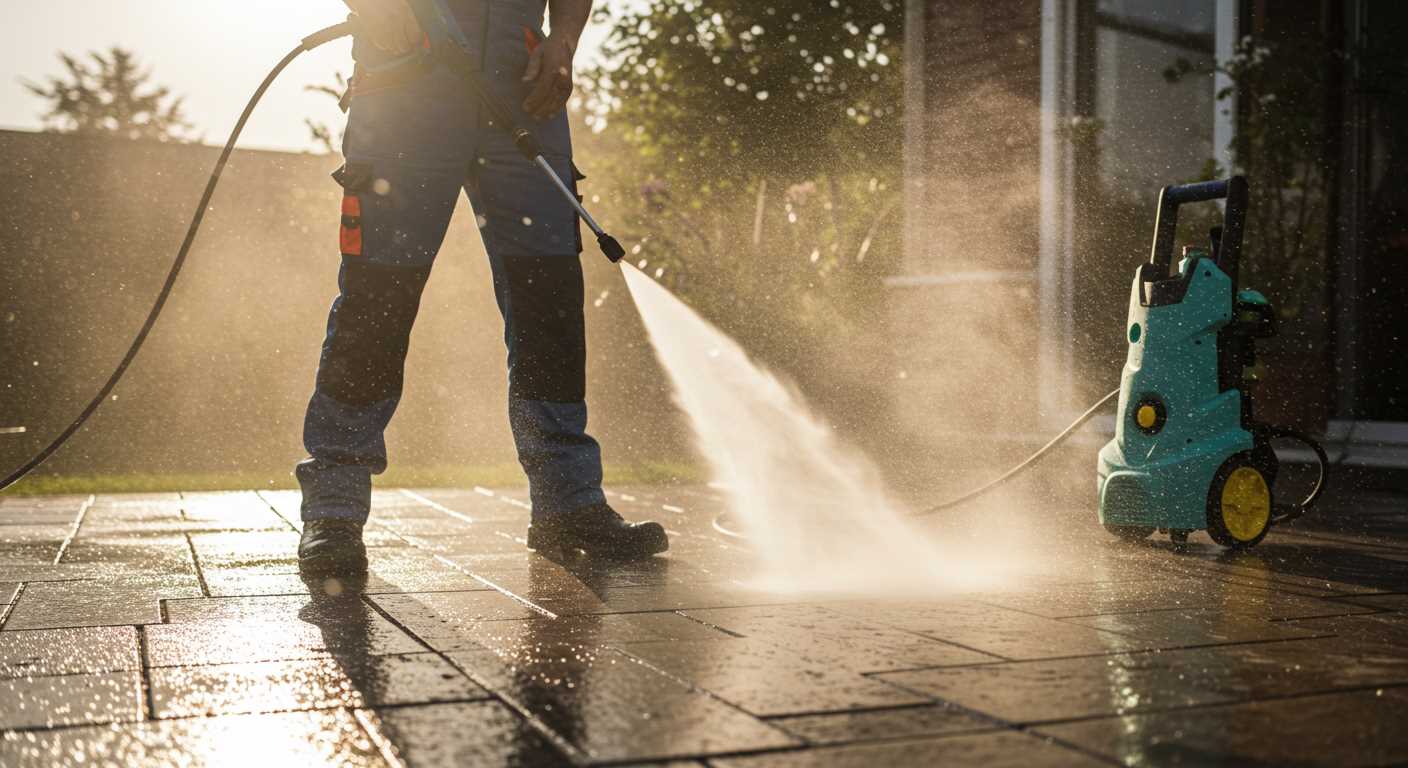
.jpg)
